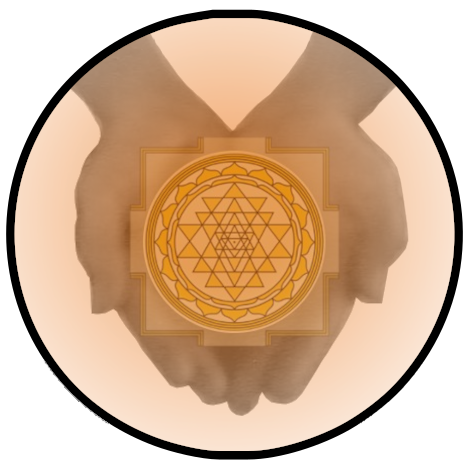Contemplation: Sravana – Manana – Nididhyasana
The process of contemplation, vichāra, is a threefold process that leads you to a state of silent contemplation through a process that first uses words.
Sravana
First the jnanendriyas are used. Hearing, seeing and feeling are used to receive wisdom. Through words the wisdom of the ultimate reality is offered to the student, either through a living form of a master, teacher, coach or through the sacred texts.
Our tradition has been an oral tradition for thousands of years. Nowadays, a lot of texts are available in print. Thus, the student can start to explore for herself. Yet notice that most texts of Advaita Vedanta, and lots of other texts are an “Upanishad”. One of the meanings of the word Upanishad is to sit nearby, sitting at the feet of. These ancient texts are dialogues between realized masters and sincere seekers. Thus, go ahead and explore, but there will come a time that sitting nearby a person who can offer you this wisdom orally is needed to grasp the teaching more fully.
Receiving the wisdom on which you contemplate is called sravana.
Manana
When these words are received, the seeker will have to sit with these words. She can use the karmendriya of inner speech to chew on these words. Learning to have a dialogue with these words of wisdom will reveal the knowledge that is packed within these words. The mystery of the universe slowly unfolds in the understanding of the seeker when s/he quietly contemplates on the nature of the Non-dual Reality.
This process of using the mind and its instrument to contemplate on this wisdom with the use of words is called manana.
Nididhyasana
Playing with words to unravel the unknown of the Non-dual Reality will lead the student to a state in which a knowing is present without needing words. The words used during contemplation, if the seeker allows it, can fall away and will lead the seeker to silence. A silence filled with knowing. The seeker can rests in this knowing. This state is known as nididhyasana.
Sāksātkāra
First, an aspirant attentively listens to the sayings of the Upanishads from a preceptor who is Brahman-conscious all the time. In the second step, he practices vichāra (contemplation), which means that he goes to the depths of the great sayings and determines to practice them with mind, action, and speech. One-pointed devotion, full determination, and dedication lead him to the higher step called nididhyāsana. Here he acquires comprehensive knowledge of the Ultimate Truth. But he has not yet attained the final step of consciousness that leads him to the direct realization of the one self-existent Truth without second. The highest state of contemplation is called sāksātkāra. In this state, perception and conceptualization are in complete agreement, and all the doubts from all levels of understanding vanish forever. At this height of knowledge, truth reveals itself to the aspirant, and perfect realization is accomplished, “I am Ātman—I am Brahman.” This state of advaita is attained by the process of contemplation.
~ Swami Rama, from “Enlightenment without God” commentary of Mandukya Upanishad
